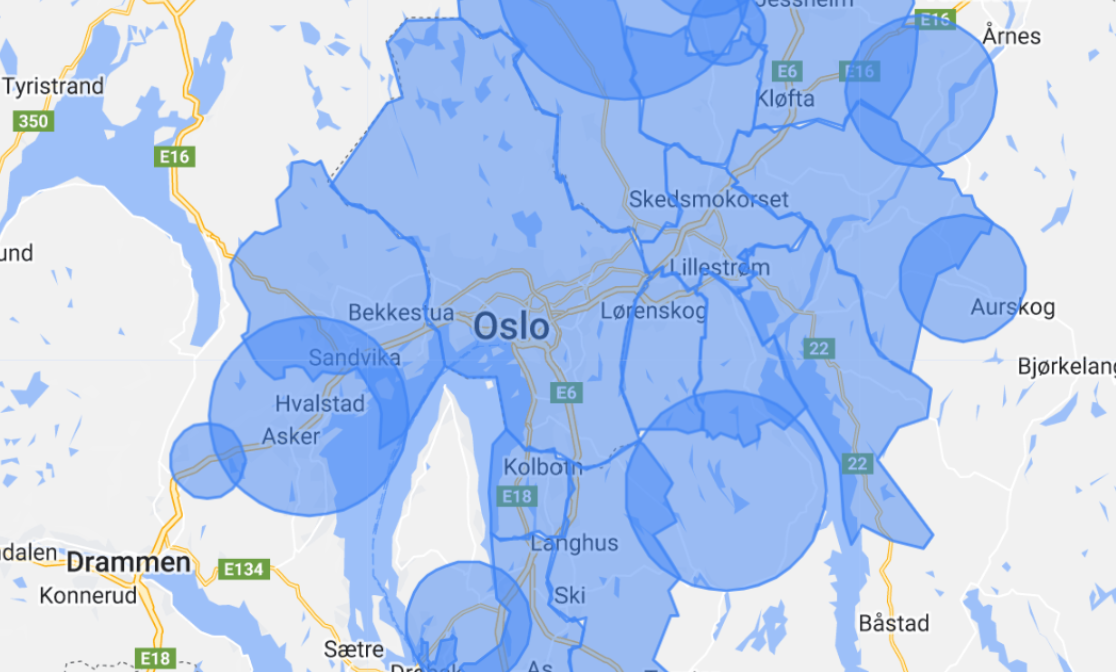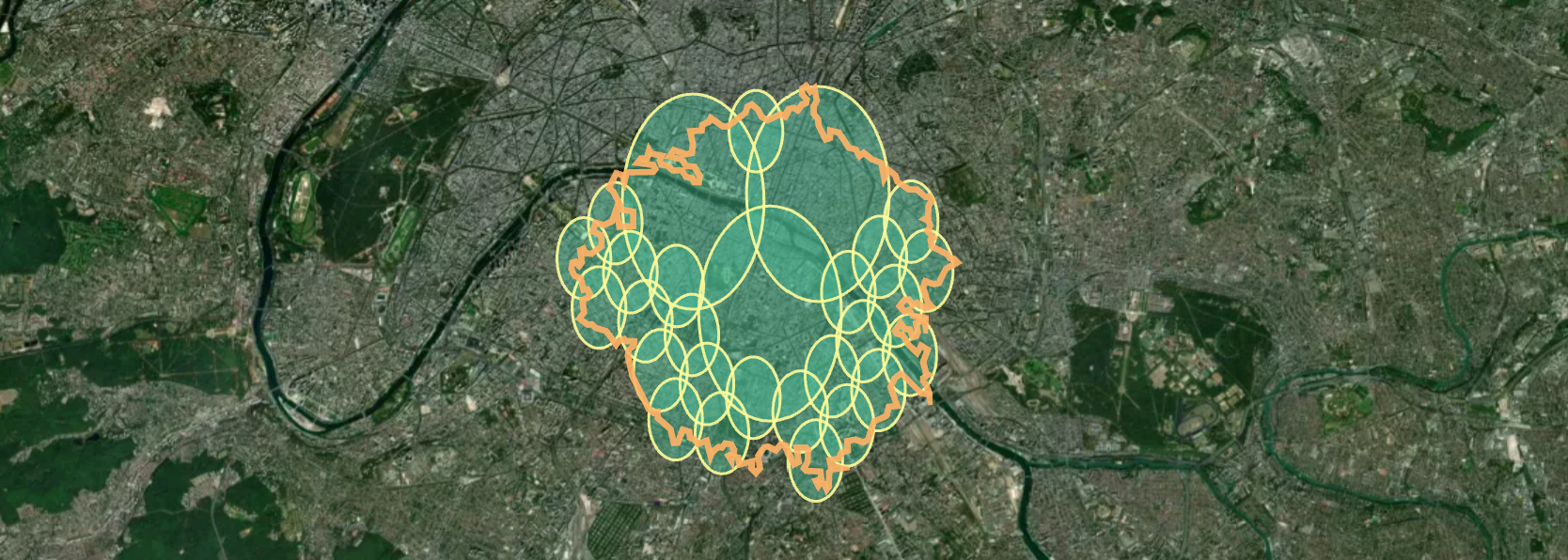
Mastering geo-targeting with the precision of multi radius
In today’s digital marketing, precision is key. The ability to target specific geographic areas with your advertising campaigns can significantly boost their effectiveness of their omnichannel strategy. One advanced strategy that’s gaining traction among marketers is multi-radius geo-targeting. This technique makes location-intelligence inter-operable and empowers businesses to create multiple, overlapping radii around key locations, enabling a nuanced and highly targeted approach to reaching potential customers. In this blog post, we will explore the concept of multi-radius geo-targeting, its benefits, and how you can leverage it to enhance your marketing efforts and maximize your return on investment. Whether you’re a local business looking to attract nearby customers or a large brand aiming to connect with audiences in multiple hotspots, multi-radius geo-targeting offers a versatile and powerful tool for your marketing arsenal.
Geo-targeting in marketing often leverages the concept of a catchment area to enhance the relevance and effectiveness of campaigns. A catchment area refers to the geographic zone from which a business draws its customers. By focusing on this specific region, marketers can tailor their messages to the local audience`'`s needs, preferences, and behaviors, ensuring higher engagement and conversion rates. This localized approach not only maximizes the return on investment but also fosters a stronger connection with the community. For instance, a retail store can use geo-targeting to promote in-store events or special offers to nearby residents, making the marketing efforts moreimpactful and personalized. This strategic use of the catchment area allows businesses to efficiently allocate resources and achieve better results by reaching the right audience at the right place and time.
Geo-targeting can also be broader to Geo-Fencing concept. Geo-fencing is a location-based technology that creates a virtual boundary around a specific geographic area using GPS, RFID, Wi-Fi, or cellular data. When a device, such as a smartphone, enters or exits this predefined boundary, it triggers a programmed action, such as sending an alert, notification, or targeted advertisement. From Social networks like Google, Meta or Tik-Tok to old school leaflet distribution marketing offer geo-targeting capabilities for marketing campaigns and leverage location data to deliver ads and content to users based on their geographic location to enhance user engagement and improve efficiency.

Geo-targeting exists in various forms such as radius, zip code or administrative boundaries allowing to reach your audience based on their location. Most marketing solutions whethever they are digital like google ads, meta ads or physical like OOH or DOOH offers rich geo targeting capabilities:
Radius Targeting
Traditionally, advertisers target users within a specified distance from a central point, often defined by a physical location's latitude and longitude. This approach is simple to implement and can be effective for basic use cases. However, it may fall short in capturing the nuances of real-world mobility patterns, as people's movements are influenced by factors beyond a simple radius, such as physical barriers, transportation networks, and local infrastructure.
Administrative boundaries
Administrative boundaries targeting offers a more sophisticated approach, enabling marketers to reach audiences within predefined geographic areas. These boundaries can range from broad regions or states to more granular levels like zip codes or cities, depending on the platform's capabilities. This method leverages existing administrative divisions, making it a practical choice for campaigns targeting specific communities or regions.
Local Administrative boundaries
Some countries have develop precisier sophisticated grid system that offers finer grained resolution like Zone Iris in France or grid cell in Germany. Because they are to specific they are not targetable by social networks but those area needed to be mentioned.
Administrative area can fit your use case as long as you don’t go much preciser that zip codes. Even though precisier system exists they are not supported by platform nor widely accessibles making them complicated to operate with. Yet, that the level socio demographic data would be available at.
Choosing the right geo-targeting approach depends on various factors, including the campaign objectives, target audience, and available data sources. By combining these methods with demographic, behavioral, and contextual data, marketers can create highly personalized and impactful campaigns that resonate with their audiences on a local level.
The the evolution of geo-targeting techniques has opened up new avenues for location-based marketing, allowing businesses to connect with their audiences in meaningful and relevant ways. By leveraging the power of location data and embracing the diverse modes of geo-targeting, marketers can unlock unprecedented opportunities for engagement, conversion, and brand loyalty.

Multi Radius to the rescue ! As we have just seen the more we want to get precise the harder it get to manipulate and operate due to technical constraints over granularity differences between actionable levels and precise levels. Multi-radius targeting is a geotargeting strategy that involves creating multiple concentric circles (or radii) from a geometry (the shape of the area we want to target). This approach offers greater precision and flexibility compared to traditional targeting methods, such as single-radius or administrative area targeting. Instead of treating an entire area uniformly, multi-radius targeting enables businesses to segment their target audience based on any defined geometry no matter their complexity.
Multi Radius technique can be limited by the platform own limitations. On Meta Ads, radius are limited to 14 and radius must at least be 1 mile long. Still, it can be use to complement traditional geo targeting methods. The key strength of the multi-radius technique is its ability to adapt to any media at a deadly precision which makes it the most powerful tool for businesses looking to leverage geo-targeting to its full potential.